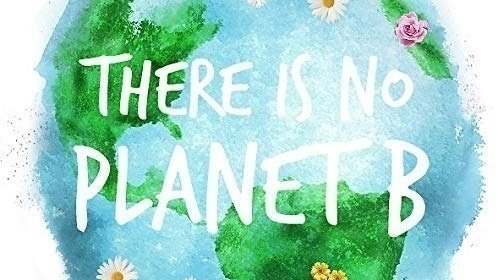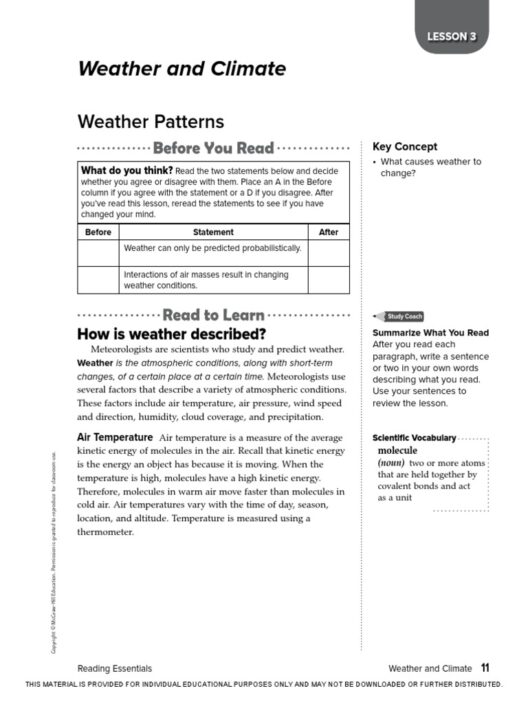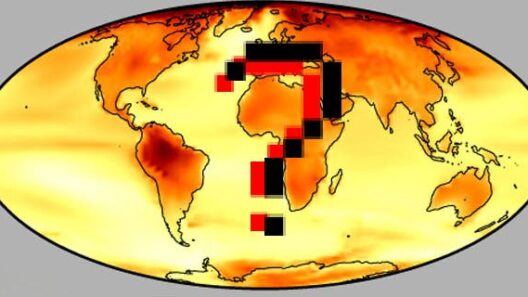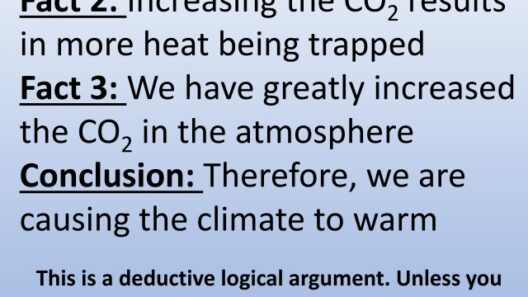The daunting specter of global warming looms large over our planet, akin to a relentless tempest threatening to engulf a fragile vessel. As we navigate through this turbulent climate crisis, the necessity for heightened awareness becomes imperative. Much like a beacon of light guiding lost sailors to safety, education serves as the navigational compass that can steer humanity towards a more sustainable future. The confluence of knowledge and action can transform passive observers into active participants, forging a resilient collective determined to combat climate change.
Educating the public about global warming should begin with a foundation of accessible information. The complexity of climate science can often seem like an impenetrable fortress. Establishing a clear and concise narrative regarding the causes of global warming—such as greenhouse gas emissions, deforestation, and industrial practices—is paramount. Visual representations, like infographics, can act as windows into this intricate world, revealing the stark realities of carbon footprints and the interplay of natural systems. These graphical elements must be compelling yet easy to understand, evoking curiosity rather than confusion.
Once familiarity with the underlying concepts is established, advocates must employ metaphorical language to illustrate the urgency of the situation. For instance, one might compare the increasing global temperatures to a slow-cooking pot of water: it begins innocuously warm, but over time, the heat builds, leading to dire consequences for those caught within. Such vivid comparisons can crystallize abstract ideas into tangible realities, fostering a deeper emotional connection to the issue.
Utilizing various platforms for spreading this knowledge is crucial. Social media has emerged as the modern agora, where ideas and information proliferate at an unprecedented rate. Engaging content—videos, blogs, and podcasts—can disseminate facts, personal stories, and even alarming statistics to a broader audience. Influencers and thought leaders can leverage their reach to discuss global warming candidly, appealing to the public’s sense of urgency and responsibility. It is not enough to merely inform; one must also inspire.
Moreover, educational institutions play a formidable role in this endeavor. Curricula should integrate climate education, fostering environmental stewardship from an early age. When students grasp the implications of their choices, they become empowered to enact change—not just within their households, but also in their communities. Field trips to local ecosystems, guest lectures from environmental scientists, and hands-on projects can cultivate a profound respect for nature and an understanding of sustainable practices.
In addition to formal education, workshops and seminars can provide adults with an opportunity to engage in dialogue about climate issues. These gatherings can serve as fertile grounds for nurturing innovative ideas and solutions. Communities can embark on collective action through initiatives like urban gardening or neighborhood clean-ups, transcending the merely educational to become transformative experiences. When individuals witness their collective efforts bear fruit, the concept of global responsibility becomes more tangible.
The role of storytelling in climate activism cannot be overstated. Narratives that foreground personal experiences with climate impact resonate deeply with audiences. By sharing stories of communities grappling with flooding, drought, or biodiversity loss, individuals can empathize with their plight. These stories act as a mirror, reflecting our shared humanity and the interconnectedness of our fates. When faced with the personal repercussions of climate change, inaction becomes an untenable option.
Furthermore, collaboration with artists, musicians, and creators can infuse the climate discourse with originality. Art has the capacity to transcend language barriers and resonate emotionally. Murals depicting the stark realities of climate change can beautify spaces while simultaneously conveying vital messages. Music can evoke feelings that provoke thought and action, offering a soundtrack to the climate movement that stirs passion and commitment. The unique appeal of creativity can invigorate the fight against global warming, drawing in those who might otherwise remain indifferent.
Applying an intergenerational approach also amplifies awareness efforts. Engaging both youth and elderly members of the community can foster a multifaceted understanding of climate change. Young people can share their anxieties and aspirations, while older generations can impart wisdom and historical context. Together, they can cultivate a rich tapestry of knowledge and solutions that span across time and experience.
In the realm of global engagement, advocacy organizations play a pivotal role in raising awareness. Campaigns aimed at rallying public support for sustainable policies can drive legislative change. Organizing peaceful demonstrations can serve as a powerful reminder of the resilience of democratic expression. Mobilizing the masses under the banner of ecological responsibility can lead to significant shifts in policy and public perception. The strength in numbers theory applies here, echoing the importance of unity in addressing the pervasive issue of global warming.
In conclusion, the navigation of global warming awareness through education is akin to charting a course through uncharted waters. Each stakeholder—from educators and storytellers to artists and advocates—has a unique vessel at their disposal. By harnessing a variety of tools, platforms, and narratives, society can coalesce around the urgent need for climate action. As the tides of climate change rise, the ripples of awareness can create waves of transformative change, inspiring us all to become stewards of the Earth for generations to come.








